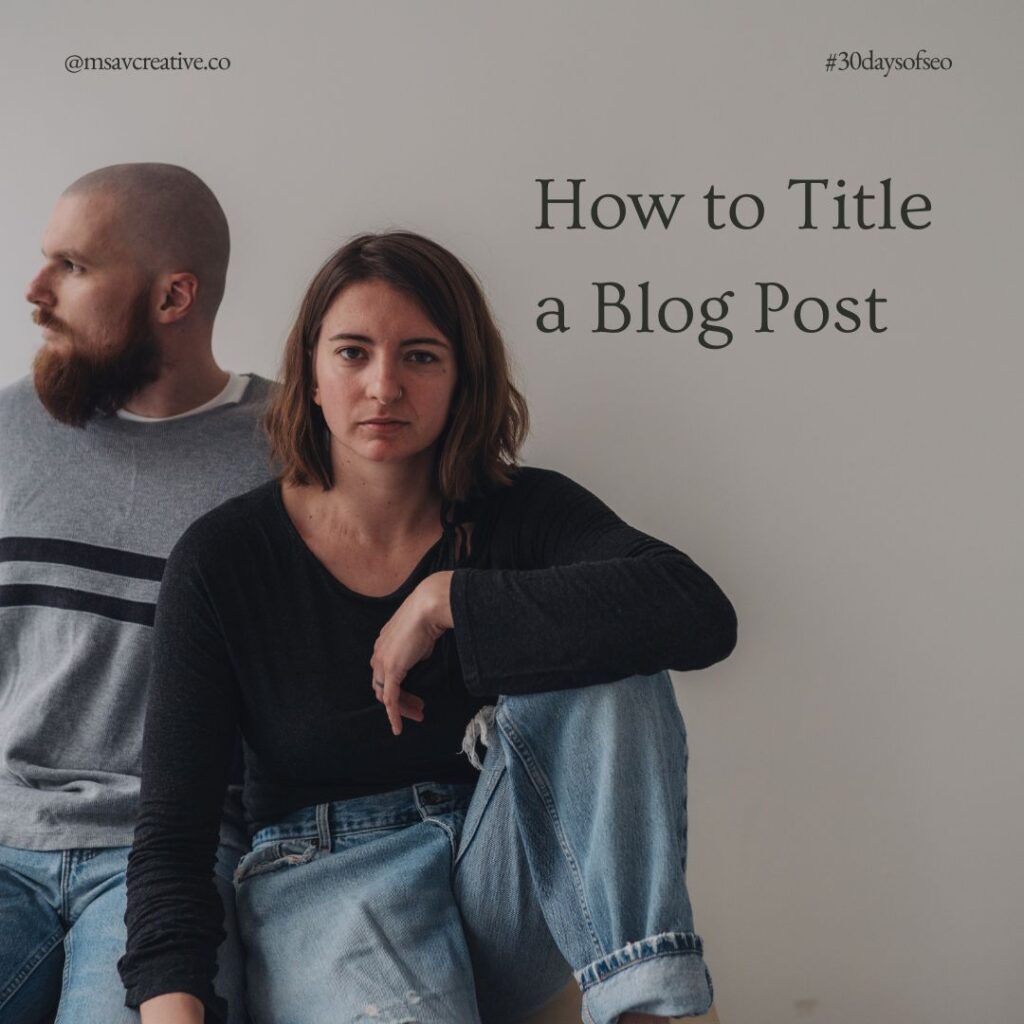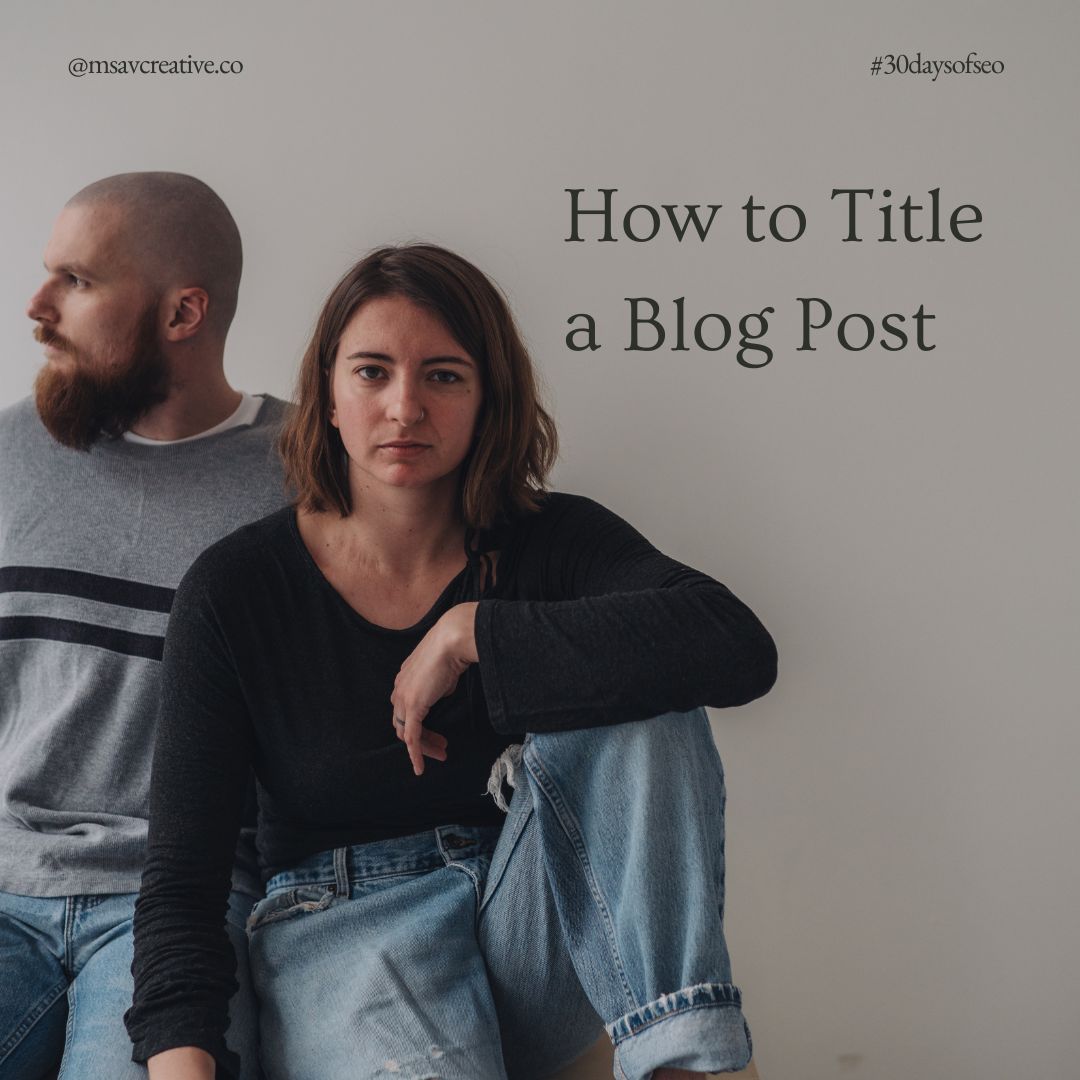
Today we’re taking a look at one of the most important pieces of an article, the title. Titles are simple right? Just give the blog a name that fits with your topic and that’s it. Not so fast. While that’s true, there is a lot more that goes into understanding the nuances of title optimization and how to use a title to boost your article’s SEO. Let’s take a look at some of the key strategies used to make your titles enticing both to Google and its users!
Understanding the Importance of Titles for SEO
First, before we dive into how to create titles that are eye-catching for your audience and for search engines, we first need to understand why they’re so important. The title of your blog is the first thing users see in search engine results pages (SERPs). An informative and eye-catching title can mean the difference between your blog getting a click, or the user scrolling past it for something better. Just like their users, search engines also rely heavily on titles to understand the content of an article. Your title acts as a quick synopsis of the article within, which search engines then use to determine the relevance and context of the content for its users, which means titles are a crucial part of SEO.
4 Key Elements of an SEO-Friendly Blog Post Title
1. Include Your Keyphrase
First and foremost you’ll want to include the keyword or keyphrase your article is written about into your article’s title. You should have already done the research to determine the keyphrase for your article, and if you need help with this step we have an article covering the topic you should check out! Just like with your writing, you’ll want to include your keyphrase naturally and organically into your title, and ideally you’ll want it to be at the beginning of your title. This lets search engines know what your article is about as quickly as possible so they can identify it and index it correctly.
2. Clarity and Relevance
Just like putting your keyphrase in the title of your article helps with SEO by letting search engines know what your article is about up front, the same principle applies for the search engine users! Keep your title clear and also relevant to the topic you are writing about. Unclear titles, or titles that aren’t relevant to the topic, can harm your credibility by increasing your bounce rate, or at worst having users flat out avoid your content.
3. The Right Length
One of the trickier elements of creating a title with SEO in mind is finding the correct length for a title. There’s a balance you have to strike between being concise while also being descriptive. While there’s no strict character limit for titles, Google typically displays the first 50-60 characters. Try to keep your titles somewhere in this range or slightly shorter. Don’t go too short though or you may not catch their attention!
4. Make the Title Engaging
Lastly, try to create titles that are unique and engaging to draw users into your site. There are SO many blogs out there which can make it easy for yours to get lost in the sea of content that’s out there. A blog title that takes the 3 factors above into account will do well, but to really stand out you have to make the article enticing to the reader. Something that gets them excited, something that catches their interest, or something that sparks their imagination. Find a way to set your title apart from the other resources out there that may answer the same question or something similar.
3 Best Practices for Optimizing Article Titles
1. Use Modifiers
Incorporate modifiers like “best,” “top,” “how-to,” or “ultimate” to differentiate the type of content you’re offering from the other content out there. Modifiers are a great way to grab the attention of users and will often attract those seeking specific information or solutions.
2. Include Numbers and Lists
Numerical titles, such as “10 of the Best Proposal Locations in Chicago” tend to attract attention as they give users a clear picture of what they’re getting into from the get go. Lists also provide a structured format that readers find appealing and easy to digest.
3. Stay Updated
Keep a good read on any SEO trends, algorithm updates, and changes in user behavior to adapt your title optimization strategies accordingly. What works today may evolve tomorrow, so always be monitoring what the trends in your industry are.
Creating an article title to get the most out of SEO for your website is both an art and a science. There’s a variety of strategies and practices to keep in mind to ensure that your titles are doing the MOST for you and your business. For more tips on SEO be sure to check out our blog and our Instagram. Looking for someone to take the strain of SEO off your hands? Head to our services page to see if we can help!

View comments
+ Leave a comment